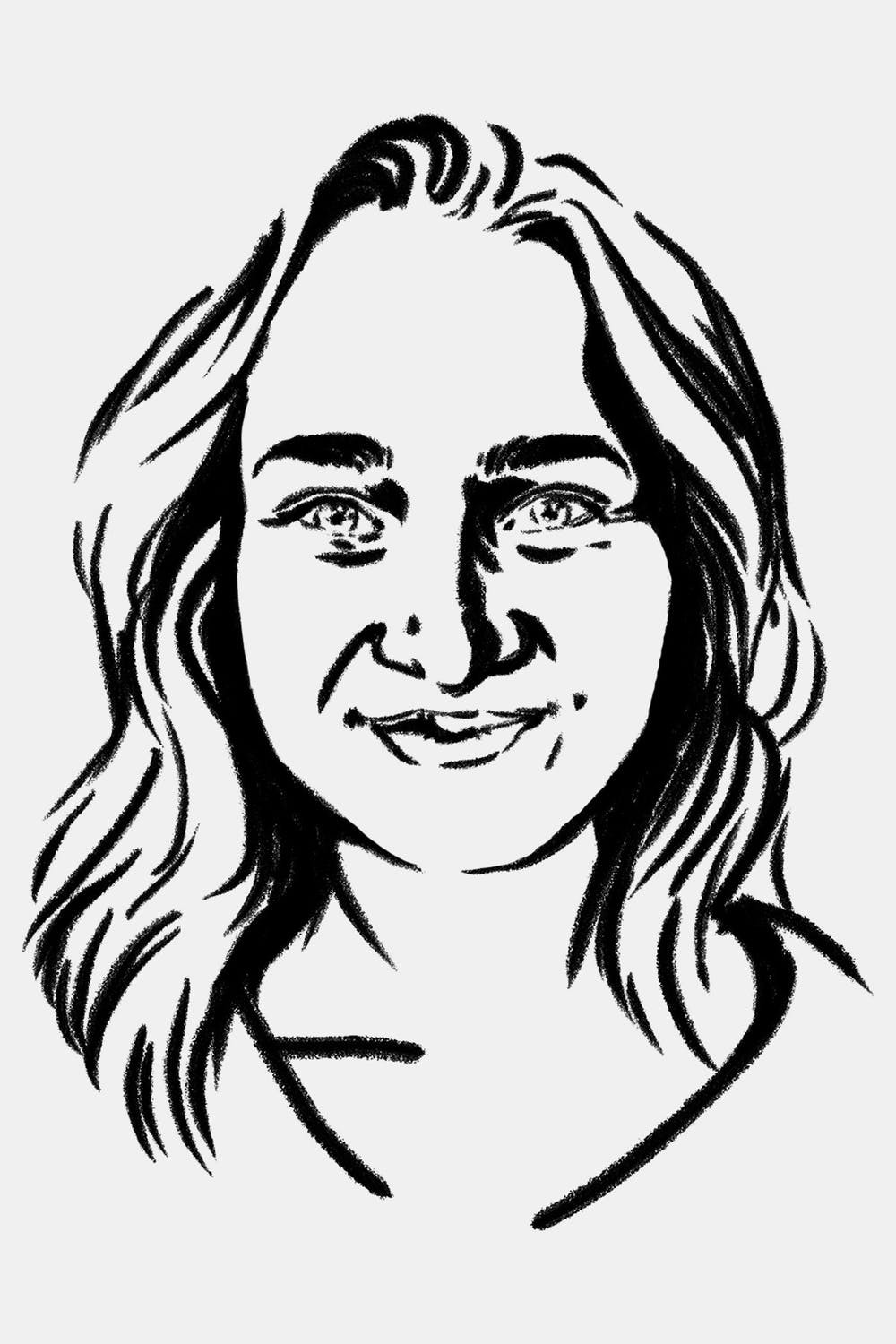Through my adolescent eyes, watching the evening news on Kare 11 brought me a peculiar feeling of excitement and wonder. Belinda Jensen and Sven Sundgaard held a special place in my hall of superheroes. I could always count on being prepared for whatever the day would bring, from news to whether I should bring a coat for recess. Having grown up looking to reporters like real-life versions of Clark Kent, it’s no surprise that I wanted to be just like them when I was older.
As national tragedies have tested the faith and patience of the American people over the course of decades, journalists have adapted to the public’s need for transparency and connectedness with the world around them. From yellow journalism and muckrakers to the Pentagon papers and Twitter fights with the president, the stories told from behind the reporter’s pen, camera or computer screen have pushed the envelope for future truth-seeking storytellers alike.
The rise of coronavirus has created a surplus of anxiety for Americans, leaving unanswered questions and the lingering fear of what is to come next. Meridith McGraw, a White House reporter for POLITICO and former ABC News reporter, described what it’s like to be in the briefing room during this time of social distancing.
“Normally the press area is packed with other journalists. You’re basically just sitting on top of each other, really chaotic. Now it’s eerily quiet in some ways, ” McGraw said. Before entering the briefing room, McGraw has her temperature taken, is assigned a seat in accordance with the social distancing guidelines and is welcomed with the company of someone who is not usually present: President Donald Trump.
More recently, since Trump started appearing in front of the press, there have been incidents of confrontation between reporters and the president. In January, CBS News reporter Paula Reid questioned the president about his inaction on combating the coronavirus. The exchange between the two involved Trump talking over Reid and calling her “disgraceful.”
When asked about the difficulties of getting straight answers out of the president, McGraw described him as oftentimes “combative with the press.”

“We’re all used to interactions with dealing with this president,” she said. “At one moment he can be very sober and very stern and serious and the next he’ll be joking or picking a fight with a journalist, so you never really know what sort of tone you’re going to walk into in there.”
Since the rise of the pandemic, McGraw has been reporting less frequently from the White House. There is a cap on the number of reporters allowed in the room.
“I’ve been in the briefing room quite a few times … He’s interrupted me before, he cut me off before I even asked the question part. [Paula Reid’s persistence] is not out of disrespect for the president or the office,” she said.
The combination of unprecedented times and uncooperative sources creates an even greater need for persistence in the field of journalism. During tragedies and times of turmoil, diligent reporting has emerged — and it’s crucial. “Our job is to ask questions on behalf of the American people. It’s a responsibility that we take very seriously. It’s just about trying to get the best answers we can for the people.”
During this time, however, McGraw recognizes that journalists are not the people directly on the front lines during the crisis. They are not health care or grocery store workers. Being in the White House pressroom doesn’t present the same danger. “Those are the true heroes throughout all of this. Journalists have played an important role in making sure those voices are out there.”















